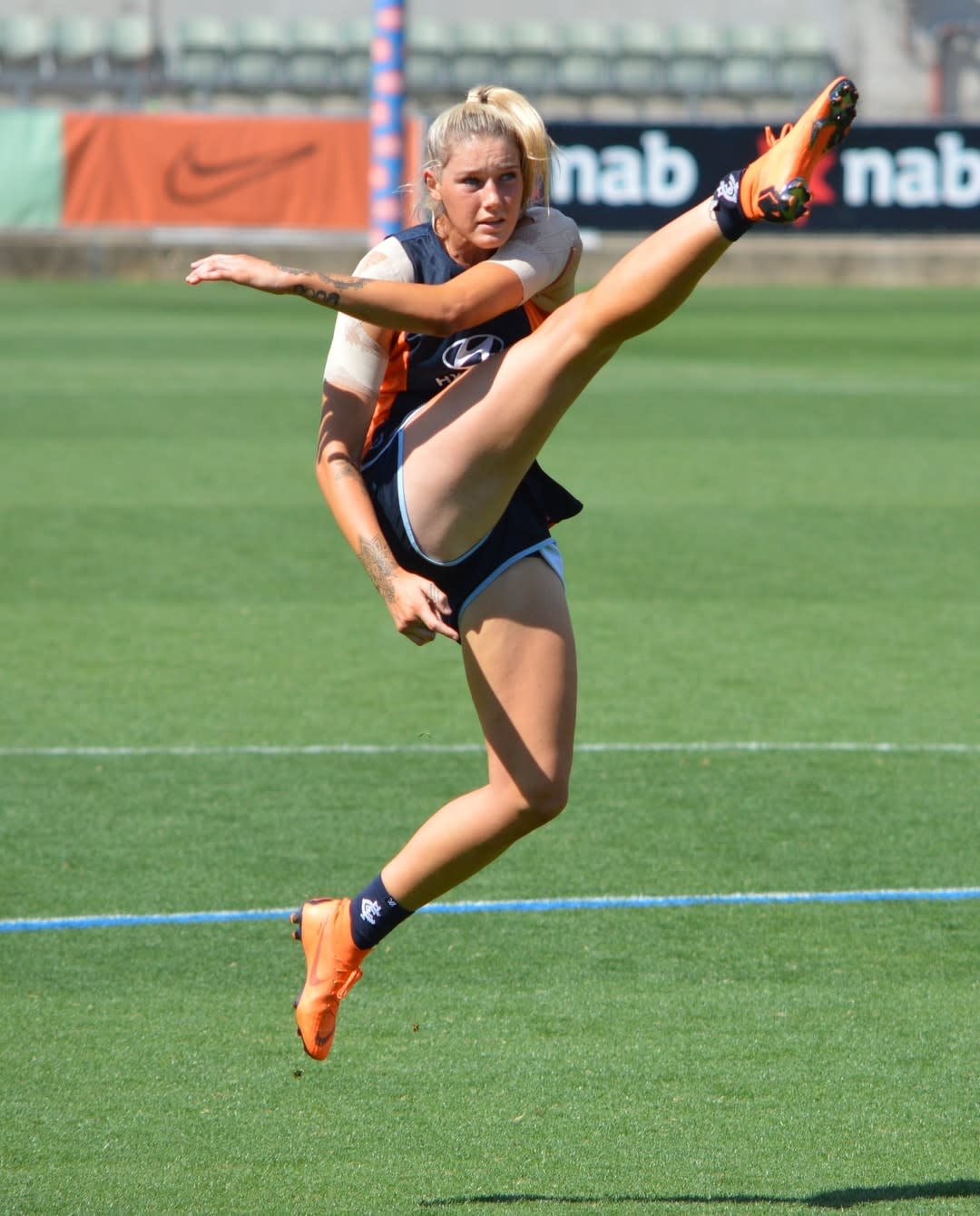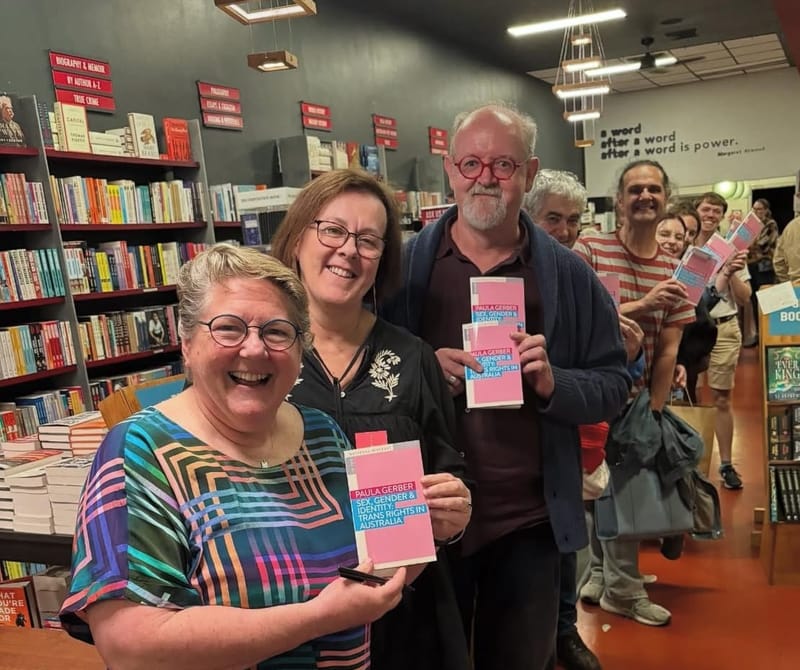
What a momentous time for women’s sport in Australia.
In the past month, we've witnessed Australian tennis superstar and world No.1 Ash Barty reach the semi-finals in the Australian Open, the women’s sevens rugby team take the bronze medal in the HSBC World Rugby Sevens Series, and soccer sensations the Matildas starting their 2020 Tokyo Olympics qualification process on home soil. This weekend also marked the start of the fourth AFLW season, with an expanded and slightly extended format.
On 21 February, the ICC Women’s T20 Cricket World Cup will kick off. The final will be hosted at the MCG on International Women’s Day (8 March), with the aim to sell out and set an International attendance record for a women’s sporting event (currently 90,185 at the 1999 soccer women’s World Cup final between US and China).

The Australian cricket team is a likely candidate for the final at the MCG, having won more ICC T20 tournaments – four – than any other team.
Women’s sport is receiving more media coverage than ever. The recognisable faces of superstar athletes such as Sam Kerr (soccer), Ellyse Perry (cricket) and Erin Phillips (AFLW) have elevated the Australian people’s knowledge and interest in sports that have traditionally been male-dominated.
And podcasts – such as The Outer Sanctum, an all-female footy podcast that launched the year before the inaugural AFLW season in 2017 – are giving voice to the female narrative in sport ,and raising issues such as gender equality and respect by focusing on “stories and voices rarely heard around the great game of AFL”.
Social media, too, has provided a new avenue for women’s sport. It displays a narrative and connection to fans that otherwise hasn't been accessible in mainstream media. Cricket and football games can be live-streamed, and fans can interact and comment on photos and stories that the athletes themselves have chosen to share with the public. This creates a relatability and connection, which traditional media outlets cannot.
However, social media has also unleashed a legion of trolls. They aren’t just harming today’s athletes; they're likely harming future generations who are seeing what happens when they go down the pathway. You just have to log on to social media to see the criticism towards women’s footy comparing it to the men’s. These types of critiques include, but aren't limited to, low-scoring games, a lower standard of game, and diminishing the achievements of women in sport. Abusive remarks typical of online criticism found on social media platforms include comments such as: “Hope you get back to the under-12s soon.”
The question is, why does any of this matter? Why should we care about women in sport?
Let’s get active!
What's often forgotten is the importance of being active for the physical, mental and social benefits.
From a young age, girls and women are less active than men in sport and physical activity.
A prime motivator for young girls to be active is to maintain a slim body shape, which perpetuates the idea of a thin body being a ‘fit’ or ‘ideal’ figure. Those who don't conform to this ‘ideal’ body shape face potential stigma and teasing, influencing behaviours and, potentially, involvement in sport and physical activity.
Women participating in sport, especially traditionally masculine sports, challenge rigid gender norms and stereotypes.
Women have disconcertingly high rates of mental and behavioural conditions. Young women in particular (15-24 years) suffer from conditions such as depression at a higher rate than the general population (30 per cent compared to 20.1 per cent respectively). The number of women living with a mental or behavioural condition is increasing. One avenue to improve mental health wellbeing is through being active. Additionally, the risk of developing chronic diseases such as type 2 diabetes, coronary heart disease and and obesity is decreased through being physically active.
With women populating half of the globe, should we not be encouraging more women to get active?
So, why sport?
For a long time, sport has been used as a vehicle for being active.
Despite the cultural significance of sport in Australia, including a public holiday in Victoria for the men’s football grand final, women participate in less sport than men. Global data suggests women aren't being active in other ways to counteract their lower sport participation.
There have been declining trends in sport participation over generations. We need to understand why this is, including the social, cultural, psychological and economic factors. We need to understand why people, women in particular, aren't being active.
Girls and women can experience improved self-esteem, self-worth and confidence levels, as well as improved mental health from sport and physical activity. Additionally, women participating in sport, especially traditionally masculine sports, challenge rigid gender norms and stereotypes.

Women athletes portraying their narrative on social media assists with deconstructing perpetuating gender roles. It allows girls and boys to recognise that they can participate in different forms of sport and physical activity than what was once traditionally accepted for their sex.
A heightened example of this is elite athlete Tayla Harris (AFLW and boxing), who made International headlines last year for ‘doing her job’.
A viral photo of Harris kicking a goal in an AFLW match led to online trolling and sexual abuse. In the image, Tayla embodies strength, power and athleticism, traditionally celebrated masculine traits. She's breaking down traditional gender norms. Amid the international controversy, Harris stood tall and was able to relate her narrative. A bronze statue was created to immortalise this significant moment in history.
There are still a number of gaps in empirical research in women’s sport. The questions raised here require further investigation. The Sport Inclusion team at Monash University is starting to explore this area. We want to reduce barriers to sport and physical activity, and create a safe, inclusive environment for all, so that everyone has the opportunity to be active.
Let's support and encourage each other to be more active, to optimise our health and wellbeing, and influence a new wave of young girls and boys into sport and physical activity.





